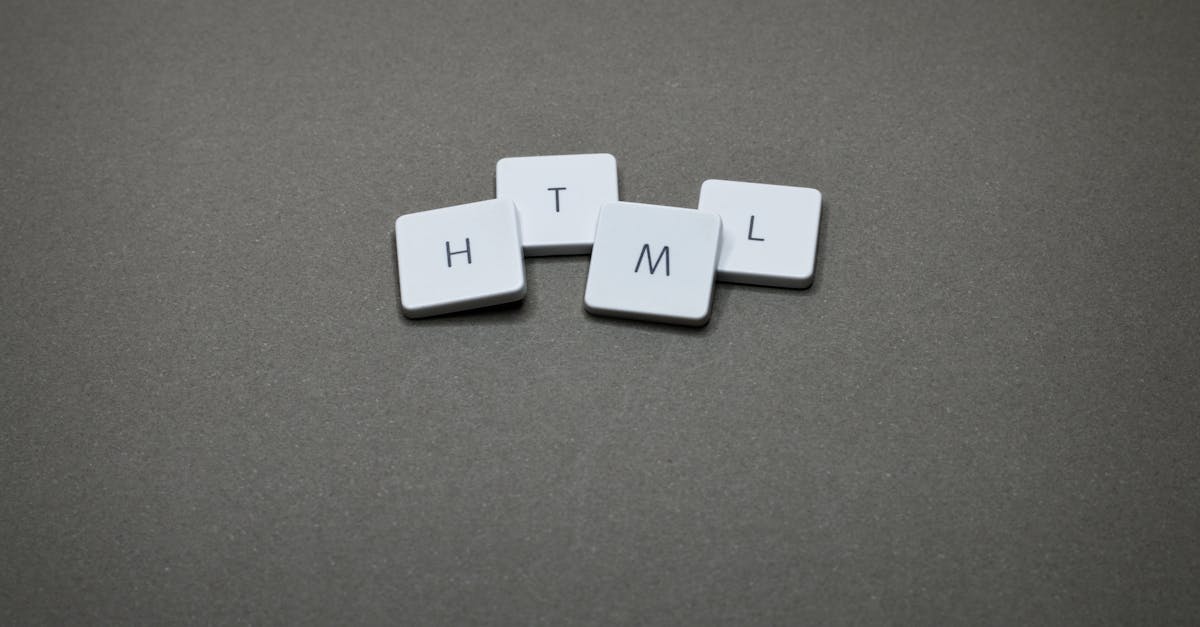
7 Deadly Sins of WordPress Plugin Installation: How to Avoid Them
WordPress plugins can be a game-changer for your website, but with great power comes great responsibility. A single misstep in plugin installation can bring your site crashing down. In this post, we’ll explore the 7 deadly sins of WordPress plugin installation and provide you with actionable tips on how to avoid them.
**Sin #1: Not Reading Reviews and Ratings**
Before installing a plugin, it’s essential to do your due diligence. Read reviews from other users, check the ratings, and look for red flags. A plugin with a low rating or a plethora of negative reviews is a warning sign. Don’t be swayed by the plugin’s promises; instead, focus on the user experience.
**Sin #2: Not Checking Plugin Compatibility**
Plugin compatibility is crucial. If a plugin isn’t compatible with your WordPress version or other plugins, it can cause conflicts and errors. Always check the plugin’s documentation and ensure it’s compatible with your setup.
**Sin #3: Not Updating Plugins Regularly**
Outdated plugins are a security risk. Hackers often target vulnerabilities in older versions of plugins. Make it a habit to regularly update your plugins to ensure you have the latest security patches.
**Sin #4: Overlooking Plugin Permissions**
Plugin permissions are critical. Some plugins require access to sensitive areas of your site, while others can be malicious. Always review the permissions a plugin requires before installation and consider the risks.
**Sin #5: Ignoring Plugin Conflicts**
Plugin conflicts can bring your site down. When installing a new plugin, monitor your site’s performance and watch for errors. If you notice any issues, disable the plugin and try to troubleshoot the problem.
**Sin #6: Not Creating a Backup**
Before installing a plugin, always create a backup of your site. This ensures that if something goes wrong, you can quickly restore your site to its previous state.
**Sin #7: Not Following Plugin Instructions**
Finally, always follow the plugin’s instructions during installation. Don’t skip steps or assume you know better. The plugin developers have provided instructions for a reason, so follow them carefully.
By avoiding these 7 deadly sins of WordPress plugin installation, you can ensure a smooth and secure experience for your website. Remember, a little caution and due diligence can go a long way in preventing plugin-related headaches.







